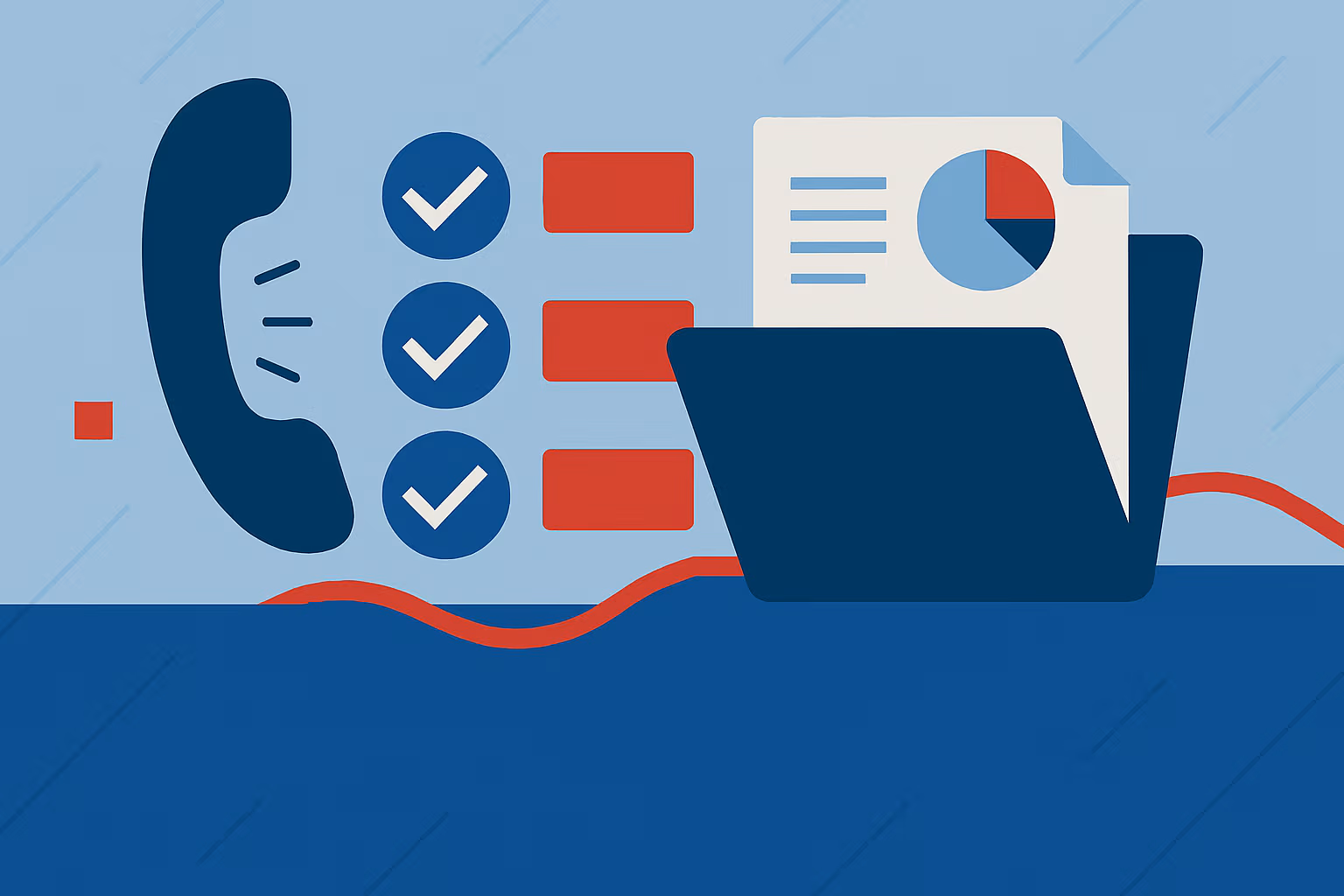How to Structure an Effective Expert Call: Tips for Maximum Insight

Introduction:
When you’re racing against timelines, navigating unfamiliar markets, or preparing for high-stakes decisions, few tools are as powerful or as underrated as an expert call.
The idea is simple: you get direct access to someone who’s been there. But here’s the truth the quality of the call depends far more on preparation than most people realize.
At Nextyn, we’ve helped companies from global investment firms to high-growth startups extract clarity from thousands of expert conversations. And the most successful calls? They follow a clear structure. They feel natural, but they’re designed to deliver impact.
Here’s how to make sure your next expert call delivers maximum insight and real value.
1. Start With a Clear Objective
Before anything else, ask yourself:
What exactly do I need to walk away with from this conversation?
Are you trying to understand competitive dynamics in a new geography? Validate a pricing strategy? Or explore customer behavior post-COVID
Defining your goal in a sentence or two keeps the conversation focused and outcome-driven. At Nextyn, we always encourage clients to begin with a written objective not just for their own clarity, but so the expert is aligned before the call even begins.
2. Get the Right Person Not Just an Available One
An expert call is only as good as the person on the other end of the line.
That’s why selecting the right expert someone who has relevant, first-hand experience is arguably the most important step. Not someone who knows of the topic. Someone who’s lived it.
We’ve seen clients get exponential value when they speak to someone who’s faced the same challenge, made a similar decision, or worked in the exact market they’re entering. That’s why at Nextyn, we custom-recruit for every project because we know specificity matters.
3. Design the Call Like a Conversation Not a Checklist
You don’t need a long list of questions. You need a logical flow.
Here’s a simple framework we recommend:
Warm-Up (5 mins): Understand the expert’s background in their own words. This builds rapport and helps you calibrate.
Core Questions (20–40 mins): Dive into the key themes. Focus on the why, how, and what happened as a result. Avoid yes/no questions
Wrap-Up (5 mins): Recap key insights and check if there's anything you’ve missed or should have asked.
Keep it conversational. Let the expert talk. Some of the best insights come when you follow the thread, not just the script.
.png)
4. Focus on Fewer, Smarter Questions
It’s tempting to cram everything into one call. But the most productive sessions usually stay focused on 3–4 well-framed questions.
Instead of asking, What are the challenges in this market?, try:
What surprised you most when entering this market and how did you adapt?
Good expert calls go deep. Great ones get real.
5. Be Curious, Not Passive
Take notes yes. But also, engage.
Ask follow-ups. Challenge gently. Dig into specifics. Experts often share more when they feel like they’re talking to someone who truly values their experience.
At Nextyn, we advise clients to approach calls as collaborative not extractive. You’re not just collecting data; you’re gaining perspective.
6. Close the Loop
Before you hang up, take 60 seconds to summarize what you’ve learned and verify alignment.
Try:
Just to make sure I’ve captured this right you’re saying the biggest risk in X is Y, and that companies who’ve succeeded typically do Z?
This not only reinforces clarity, but it’s also a respectful way to show the expert you were truly listening.
.png)
Final Thoughts: Great Calls Start Before You Dial In
An expert call isn’t just a research tool it’s a strategy enabler. It gives you access to experience, foresight, and hard-earned lessons you won’t find in any report.
But the difference between a good call and a game-changing one? That’s in the prep.
At Nextyn, we believe expert conversations should do more than answer questions they should help you see around corners. When structured well, one call can save weeks of uncertainty, prevent a bad investment, or open the door to a smarter strategy.
So next time you schedule one, don’t just show up. Structure it with purpose and you’ll be surprised by just how much insight a single conversation can unlock.






